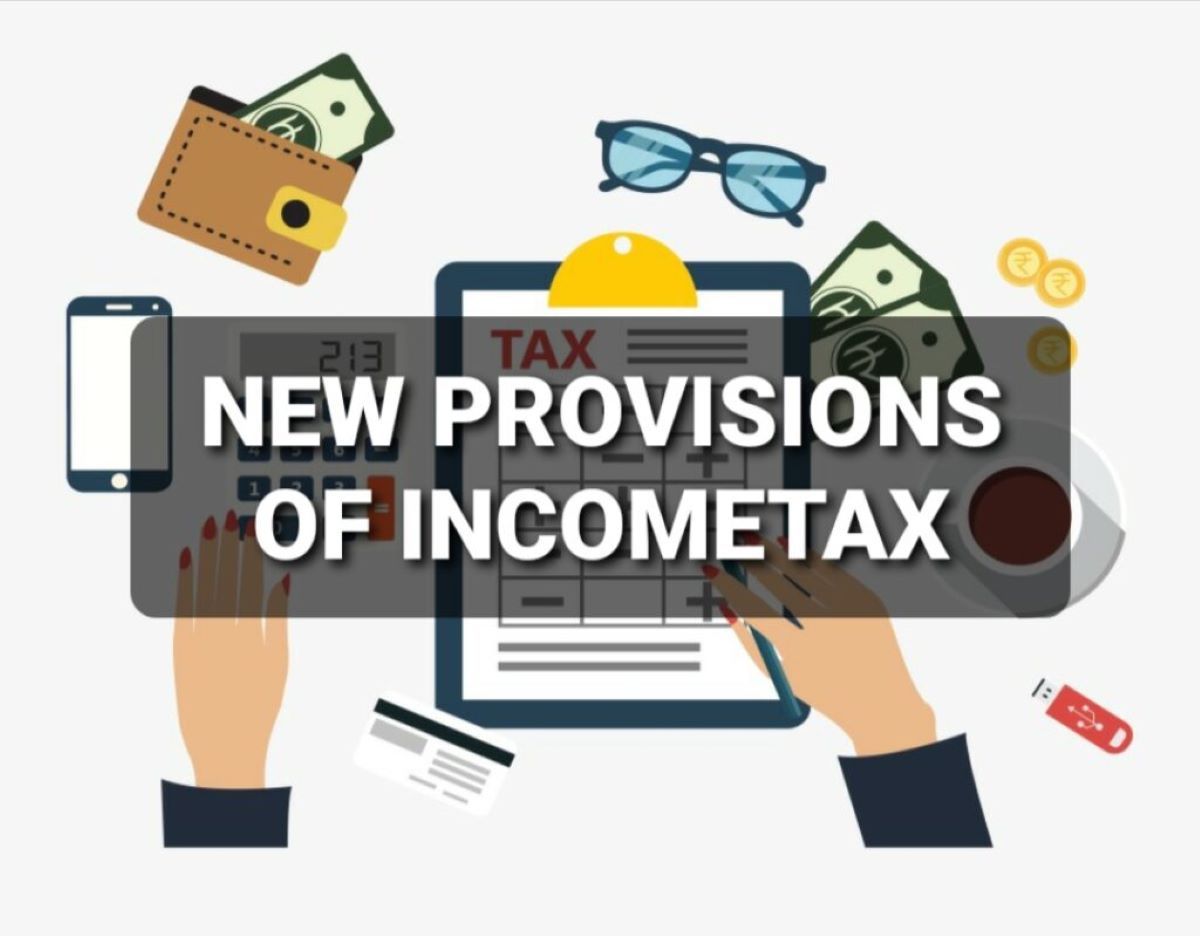

Finance
Sprinkling Provision Definition
Published: February 1, 2024
Discover the meaning of sprinkling provision in finance and how it impacts your financial planning. Gain insights into its benefits and considerations.
(Many of the links in this article redirect to a specific reviewed product. Your purchase of these products through affiliate links helps to generate commission for LiveWell, at no extra cost. Learn more)
What is a Sprinkling Provision? A Definition and Use Case in Finance
When it comes to managing finances, there are various strategies and provisions that can be used to optimize tax planning and asset distribution. One such provision that is commonly used is the sprinkling provision. In this blog post, we will dive into the definition of a sprinkling provision and explore its use case in the world of finance.
Key Takeaways:
- A sprinkling provision is a strategy used in estate planning and income splitting to distribute income or assets among family members.
- It allows for tax optimization and can help to minimize the overall tax burden.
A sprinkling provision, also known as income sprinkling or estate splitting, is a provision designed to distribute income or assets among family members in a tax-efficient manner. This strategy involves diverting income or assets from a high-income individual to lower-income family members, such as a spouse or children, who are subject to lower tax rates. By doing so, the overall tax burden can be reduced.
Let’s take a closer look at a use case to better understand how a sprinkling provision works. Imagine a high-income individual who owns a business. Instead of solely receiving income from the business, the individual can use a sprinkling provision to allocate a portion of that income to their spouse or children. Since the spouse or children are likely to have lower income levels, they will be subject to lower tax rates, leading to potential tax savings.
To ensure compliance with tax laws, it is important to note that a sprinkling provision must be implemented within the boundaries set by tax authorities. This means that the allocation of income or assets must be justifiable based on the recipient’s involvement in the business or financial affairs.
There are different methods to achieve income sprinkling, including:
- Dividends: The business owner can issue dividends to family members who are shareholders of the company.
- Wages: Family members can be employed by the business and receive a reasonable salary for their services.
- Trusts: Establishing a trust can help in the distribution of income or assets to family members while minimizing tax liabilities.
It’s important to consult with a tax professional or financial advisor when considering the implementation of a sprinkling provision, as they will provide guidance based on your specific financial situation and local tax regulations.
In conclusion, a sprinkling provision is a powerful strategy in finance that allows for the efficient distribution of income and assets among family members, resulting in potential tax savings. By utilizing methods such as dividends, wages, or trusts, individuals can optimize their tax planning and minimize their overall tax burden. However, it is crucial to seek professional advice to ensure compliance with tax laws and maximize the benefits of a sprinkling provision.














